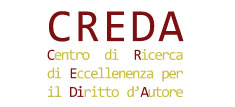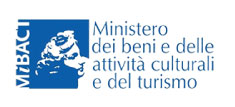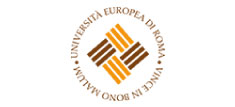L'Autorità Garante della Concorrenza e del Mercato, in data 26 luglio, ha autorizzato con condizioni…
Trade Secrets: EU Commission’s Proposal for a Directive
by Alessandro Massolo (via IpLens.org – a critical observatory)
In November 2013, the European Commission (EC) proposed a draft Directive on “the protection of undisclosed know-how and business information (trade secrets) against unlawful acquisition, use and disclosure” (full text here). The draft was approved in May 2014 by the Council of the European Union (full text here).
The proposal is innovative, it has no precedent in EU legislation. It has the ambitious goal of aligning existing laws against the unlawful acquisition, use and disclosure of trade secrets across the EU. This impulse of harmonization is consistent and part of the broader strategy of the EC aiming at strengthening the single market for IP rights.
At the moment, the proposal is still under scrutiny following the ordinary EU legislative procedure. Therefore, the final directive is not due to be issued before the end of 2015.
The draft directive is the final step of a thorough assessment of the role played by trade secrets in enhancing innovation and competition within the EU market, in particular through their interaction with intellectual property, and of the legal framework governing them. The analysis was carried out on the basis of two external studies and consultations with stakeholders.
One of the main results of this assessment was that the legal framework governing trade secrets protection is highly fragmented throughout the EU. Hence, corporations have less incentives to do cross border investments in R&D or to exchange valuable information within the EU. Thus, the proposal starts by giving a uniform definition of trade secrets in accordance with existing international binding standards such as art. 39.2 of the TRIPS Agreement. Essentially, information is considered a trade secret when it is not easily accessible by an average expert in the field, it has a commercial value and it has been subjected to reasonable secrecy measures. Furthermore, the draft defines the relevant forms of unlawful acquisition, use and disclosure of trade secrets and clarifies that reverse engineering and parallel innovation shall be considered a lawful manner of appropriation of trade secrets.
Moreover, the proposal harmonizes the legal remedies available to plaintiffs to enforce the misappropriation of trade secrets: in particular, injunctions and corrective measures (i.e. the cessation of or prohibition on the use or disclosure of trade secrets, the prohibition on the production or import/export of “infringing goods” and the adoption of appropriate corrective measures with regard to the infringing goods), interim and precautionary measures at the request of trade secret holder, and the victim’s right to compensation for the damages caused by the unlawful use or disclosure of the misappropriated trade secret.
In conclusion, an analysis of this general framework indicates that trade secrets are not yet being elevated, in terms of status and legal protection, to the level of IP rights. In this manner, the proposal avoids the risk that patents, and their related pro-competitive effects such as disclosure of information, are replaced by trade secrets.
17 novembre 2015








